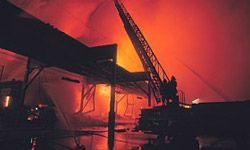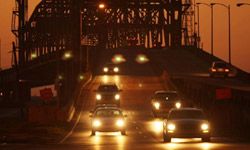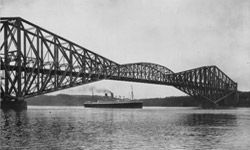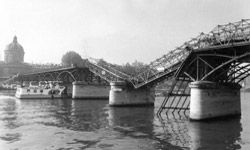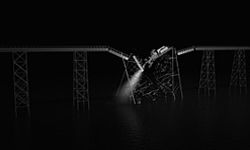Key Takeaways
- Earthquakes, fires and train crashes are among the top causes of bridge collapses.
- Floods and boat impacts can also lead to collapses, either through immediate damage or by undermining support structures over time.
- Poor maintenance, construction accidents, manufacturing defects and design flaws can predispose bridges to failure, emphasizing the need for rigorous inspection and adherence to engineering standards.
You may not think about the bridges you cross on your way to work, but they're far more than pretty structures that make your commute manageable. Bridges are crucial transportation links that carry road and rail traffic across rivers, gorges or other roads. When a bridge collapses or closes for repairs, it can cause massive traffic problems or strand people altogether, if they live on an island.
Some of the most massive and expensive engineering projects in history have involved building bridges. Although the general physics of bridge-building have been established for thousands of years, every bridge presents complicated factors that must be taken into consideration, such as the geology of the surrounding area, the amount of traffic, weather and construction materials. Sometimes these factors are miscalculated, or something occurs that the bridge designers didn't expect. The result can be tragic.
Advertisement
As we go through this list of 10 reasons why bridges collapse, keep in mind that most bridge collapses are the result of multiple factors. For example, a flood that damages bridge piers might not have caused a collapse -- except for a design flaw and poor maintenance. Remove one of those factors and the bridge may have remained upright. On the other hand, sometimes a train smashes into a bridge and it just falls down. We'll consider the possibilities, starting on the next page.

